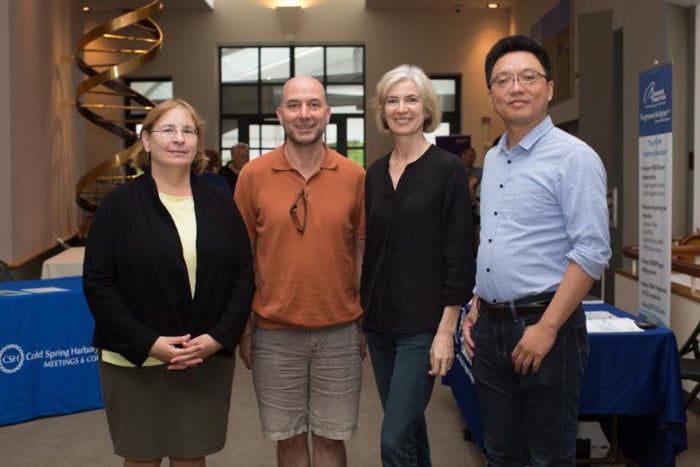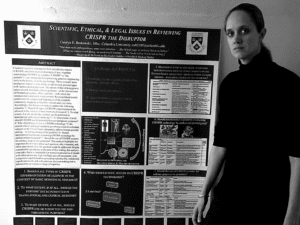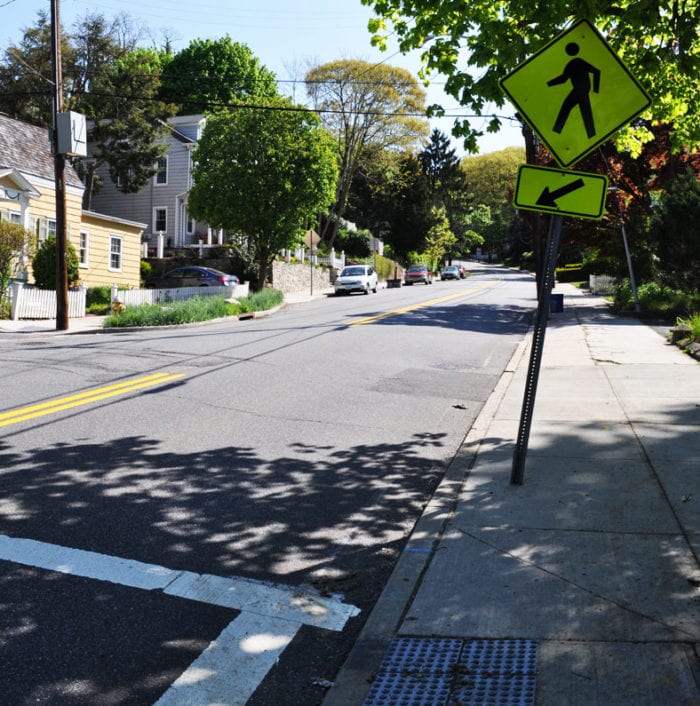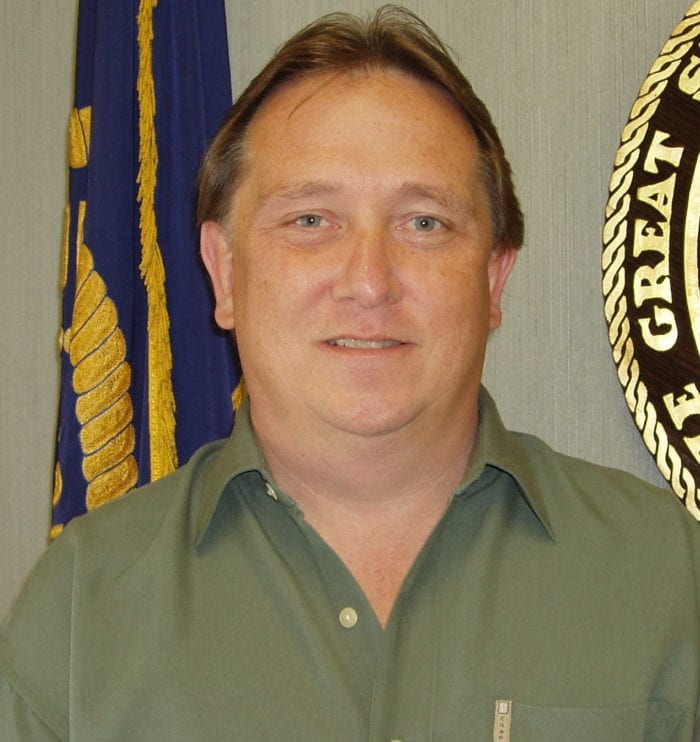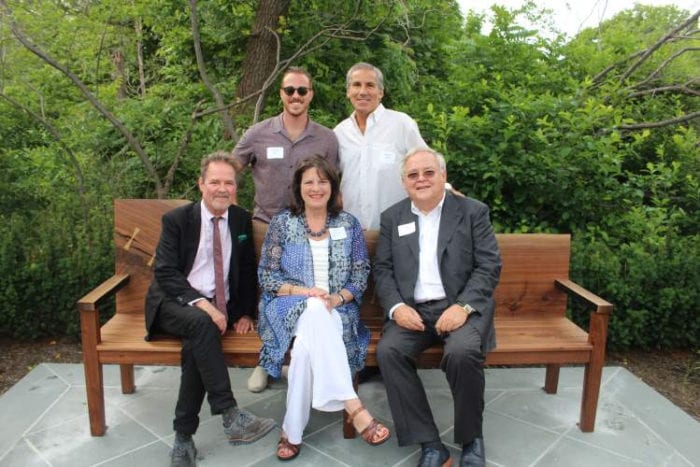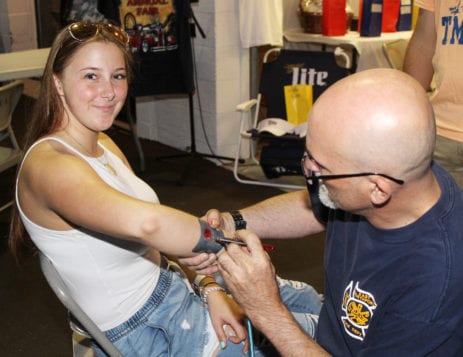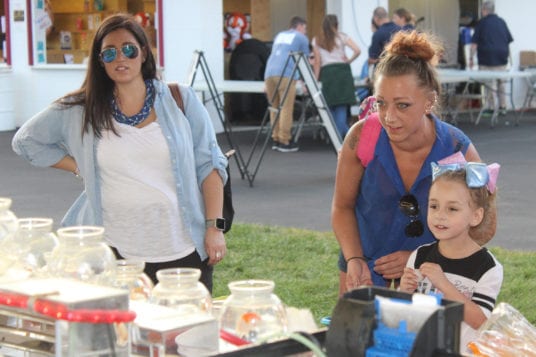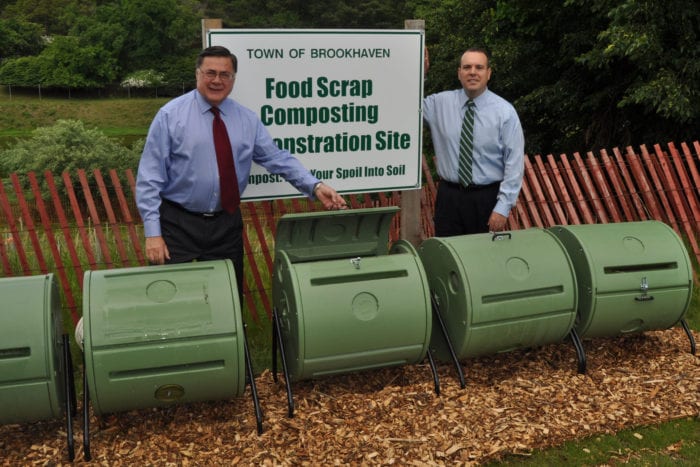By Bob Lipinski

Uruguay, a tiny country on South America’s east coast, is bordered by Argentina and Brazil. This is a country with the highest per-capital beef consumption in the world, where cattle outnumber people four to one.
The chivito (translates as “little goat”) is the national sandwich of Uruguay, which is jam-packed with flavor and ingredients. Thin, grilled slices of beef are covered with mozzarella, lettuce, tomatoes, bacon and a fried egg. Many optional toppings including onions, olives, peppers, pickles, mayonnaise and ketchup have also found their way into the sandwich.
Uruguay is South America’s fourth biggest wine producer (after Argentina, Chile and Brazil), but currently less than 5 percent of its bottles are exported. There are about 190 wineries with 22,500 acres of vineyards planted to sauvignon blanc, chardonnay, viognier, albariño, merlot, cabernet franc and cabernet sauvignon.
But the grape Uruguay is most famous for is tannat, a thick-skinned, dark grape capable of producing incredible dark, rich and full-bodied red wines. Tannat, originally from the Madiran district near Bordeaux, France, has 6,500 acres planted, making Uruguay the world’s largest producer.
 Beginning in 2018, every bottle of wine from Uruguay will carry a QR code on the label, which can be scanned to reveal everything you need to know about the wine, including soil and vineyard parcel number.
Beginning in 2018, every bottle of wine from Uruguay will carry a QR code on the label, which can be scanned to reveal everything you need to know about the wine, including soil and vineyard parcel number.
I had an opportunity to taste some of the wines and here are my notes. (Note: Serve all recommended cheeses at room temperature for optimum enjoyment.)
2011 Viña Progreso “Elisa’s Dreams” Tannat. Very dark fruit with plenty of structure, fruit flavor and balance. Pair this wine with some Gouda.
2011 Alto de la Ballena “Tannat 85 percent; Viognier 15 percent.” Bouquet of blackberries, black tea and cocoa. Full-bodied and perfumed with flavors of black cherries. Pairs well with Applewood, a smoked cheddar cheese from England.
2011 Alto de la Ballena “Cabernet Franc.” Deep, garnet colored with a full bouquet and taste of berries, black currants and cherries. Full-bodied and loaded with tannin. Serve with a piece of Cantal cheese from France.
2011 Alto de la Ballena “Merlot.” Bright ruby color with a luscious bouquet of spicy cherries and cinnamon. Medium bodied with flavors of plums and spices. Try with some fontina cheese from Italy.
2015 Bodega Garzón “Sauvignon Blanc.” Perfumed bouquet of citrus, grapefruit and pineapple. Dry with flavors of green apple, melon and mint. Pairs well with feta cheese from Greece.
2015 Bodega Garzón “Albariño.” Tropical overtones with pineapple and papaya in abundance. Flavors of white peach, kiwi, apricot and citrus. Hints of jasmine and litchi. Serve with Bel Paese cheese from Italy and plain crackers.
2014 Bodega Garzón “Tannat.” A full bouquet and taste of black raspberries, black currants, cocoa, dried plums, spices, raisins and coffee. The aftertaste is long and quite pleasing. Don’t miss it! A wedge of your favorite blue cheese would work quite well.
Bob Lipinski, a local author, has written 10 books, including “101: Everything You Need to Know About Whiskey” and “Italian Wine & Cheese Made Simple” (available on Amazon.com). He conducts training seminars on wine, spirit and food and is available for speaking engagements. He can be reached at www.boblipinski.com OR [email protected].











